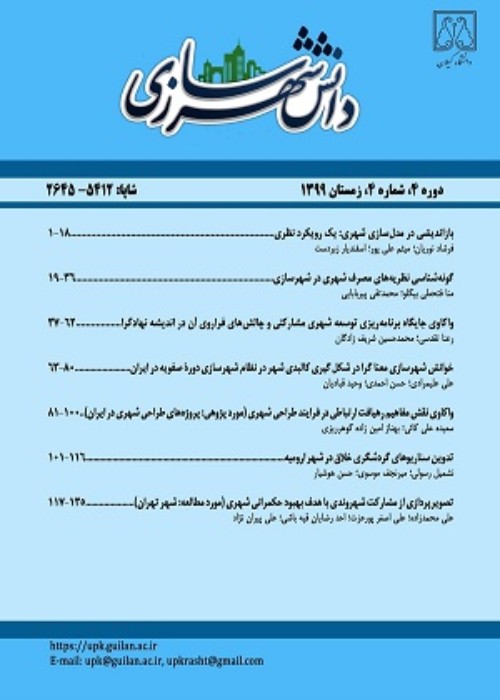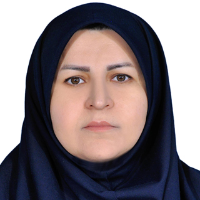Identification of the urban self-organization's dimensions and components using the meta-synthesis method
Problem statement:
Since the arrival of the concept of self-organization from the domain of the complex systems to the field of urban studies, this topic has attracted many scholars. Various researchers have come up with it from two different approaches including the socio-spatial self-organizing and community-based urban self-organization. Studies showed that the concept of the urban self-organization can help planners to improve not only the unexpected spatial-social events in cities and the inadequate implementation of the anticipated plans and programs, but also the inefficiencies in the existing collaborative processes. Trying to apply the concept of the urban self-organization in the planning and management of the cities requires a detailed understanding of this concept and its various aspects. However, there has been no research that investigates all the dimensions, features and components of this concept and provides a comprehensive understanding of the urban self-organization. In this regard, the present study seeks to answer this question: what are the dimensions and components of the concept of the urban self-organization?
the purpose of the present study was to identify the dimensions and components of this concept and to achieve a comprehensive understanding of it. The results of this research can clarify the different dimensions of the urban self-organization concept for exploitation in the development of cities and neighborhoods of the country.
In this research, the meta-synthesis has been used to study the concept of the urban self-organization and to explain its dimensions and components. The research population consisted of all Persian and English scientific articles published in the field of the urban self-organization, without temporal and spatial constraints. The Sid, Magiran, Springer, Google Scholar, Wiley, Science Direct and Taylor & Francis databases have been used to access these articles. The total number of the articles obtained in this study was 62, which was reviewed by the CASP method in order to obtain more accurate results. After screening articles through the CASP, there was 29 articles and due to the low sample size, all of them were examined. Of the 29 final papers, 11 articles had considered urban self-organization as a socio-spatial theme (first view), they were published mainly in the early years of introducing the self-organization in the field of the urban studies. The remaining 18 articles had referred to the urban self-organization as a community-based phenomenon (second view), which has been included in the urban discourse since about 2010. The final sources were coded using the MAXQDA 10 software with a focus on the research question, aiming at a comprehensive understanding of the concept of the urban self-organization and explaining its various dimensions.
During the data extraction process, 108 codes were identified and then they were grouped into five categories according to the similarity of concepts, i.e., "fields and factors", "supporting theories", "properties", "scope of use" and "measure". It was tried to explain each of the mentioned categories based on the type of the view, respectively.
In the present study, for the first time, the dimensions and components of the urban self-organization were investigated in detail.The results of the present study showed that although according to the existing theories, the nature of the urban self-organization processes is based on the local interactions and not the interference of the external factors such as the government, however, to study these processes and to use them in planning processes, it is necessary to consider the role of the environmental and external factors. In order to support and encourage the processes of the urban self-organization as a tool for the collaborative planning which can assume some of the responsibilities of the governments, it is necessary first and foremost that the urban self-organization processes as valuable capacities to be accepted by the city officials. In order to take advantage of these capacities, it is necessary to establish and envisage the legal frameworks based on the citizens' collective initiatives. Transparency of the information related to the urban planning and sharing this information with the local residents through the use of the information technology and through the launch of the online sites and software are other measures that could support and accelerate these processes. Also, identifying the structural forces of each neighborhood, whether individual or local, and facilitating the exchange of information between the government and the citizen, are among the issues that should be addressed. In addition, upgrading the social capital in the neighborhoods can increase the likelihood of the urban self-organization processes at the neighborhood level.
- حق عضویت دریافتی صرف حمایت از نشریات عضو و نگهداری، تکمیل و توسعه مگیران میشود.
- پرداخت حق اشتراک و دانلود مقالات اجازه بازنشر آن در سایر رسانههای چاپی و دیجیتال را به کاربر نمیدهد.




